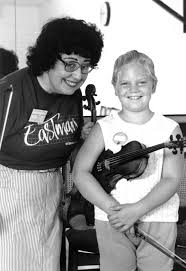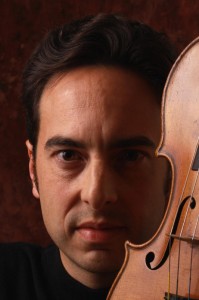Welcome to The Listeners’ Club! This month I’m excited to launch the first installment of what will become a regular feature of this blog. My goal is to help you develop a fun, meaningful, life long relationship with some great music that you might not otherwise get to know. We’ll explore music that people of all ages will enjoy. Along the way I’ll share some of my thoughts on what makes this music so inspiring. I’ll also ask you to tell me what you heard in the form of a comment in the thread below.
Listen to these short selections a few times. If you’re like me, a certain piece will grab you and you’ll want to keep hearing it. If you are interested, I encourage you to find more information about the composers. Also, for an even more powerful and authentic experience, never pass up an opportunity to hear a live performance.
Next month, after we’ve all had a chance to listen, I’ll follow up with a slightly more detailed discussion. At that point we’ll listen again one final time with a broadened perspective. For now we will allow the music to stand on its own.
So join the club, invite your friends to join, listen, and don’t forget to leave a comment!

Music for the Royal Fireworks (HWV 351)…George Frideric Handel (1685-1759)
Overture
La Rejouissance
Minuet
We’ll start off with a bang. This music was written for a celebration. The recording I recommend features period instruments to give us an idea of what this would have sounded like in Handel’s time. The instruments have evolved over time, so you may hear some unusual sounds. Let’s start with the first, fourth and fifth movements. What words would you use to describe this music? What gives the music its character? Pay attention to how combinations of instruments are grouped together to achieve certain sounds. Why do you think Handel did this?
Sinfonia Concertante for Violin, Viola and Orchestra (K. 364)…Wolfgang Amadeus Mozart (1756-1791)
Andante
Listen to the second of the three movements. Can you hear a musical conversation between the solo violin and solo viola? What do you think they are saying?
William Tell Overture (Finale)…Gioachino Rossini (1792-1868)
Rossini was an Italian opera composer. His operas would have been considered popular entertainment in their time. You may know this as the theme to the old TV show, The Lone Ranger. What words come to mind as you listen to this music?
Overture to Candide…Leonard Bernstein (1918-1990)
Can you hear any “characters” in this music? Are they serious or comic characters? Are there any jokes in the music? Did Bernstein make any references to Rossini’s William Tell Overture?
Flying Theme from “E.T”…John Williams (b. 1932)
What mood does this music evoke? If you’ve seen the movie, how does the music correspond with what is happening on the screen? Imagine the same scene without any music…just picture and dialogue. How would the overall effect be different?


